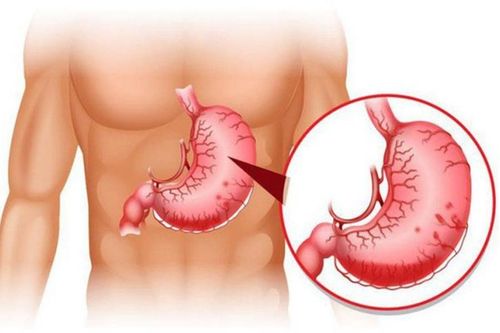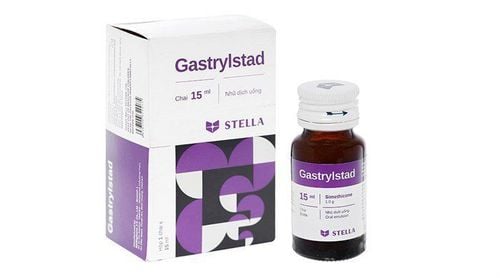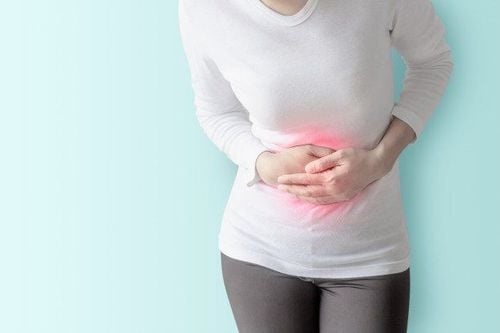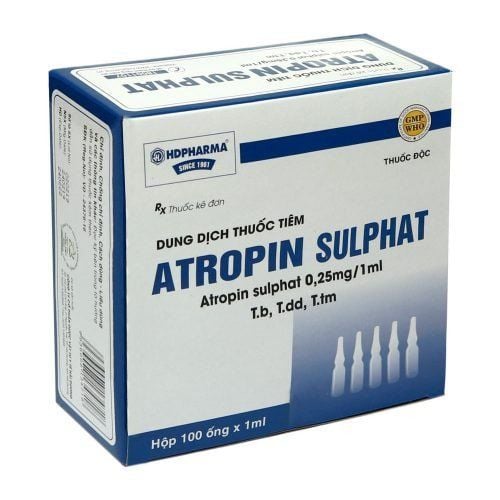This is an automatically translated article.
The article was written by Doctor Mai Vien Phuong - Department of Medical Examination & Internal Medicine - Vinmec Central Park International General HospitalColonic diverticula are pouch-like structures that develop in the wall of the colon, most commonly in the sigmoid and left colon, but can also involve the entire colon. When these diverticula become inflamed, it causes diverticulitis. Medical imaging and colonoscopy play a very important role in diverticulitis of the colon, the means above not only help diagnose and evaluate the colonoscopy accurately, but also help guide treatment and treatment. treatment and monitoring progress.
1. Causes of diverticulitis of the colon
The following factors may increase your risk of developing diverticulitis :
Older age : your chance of developing diverticulitis increases when you are over 40 years old, this may be due to changes related to Age, such as a decrease in intestinal wall firmness and elasticity, may contribute to diverticulitis. Eat less fiber: Diverticulitis is common in industrialized countries, such as the United States, where diets are high in refined carbohydrates and low in fiber. Physical activity: Low or limited physical activity is thought to be associated with the risk of diverticulosis. The reasons for this condition are still not well understood. Obesity: increases the risk of developing diverticulitis and diverticulitis. Smoking: increases your chances of getting diverticulitis.

2. Diagnosing colonic diverticulitis
Based on the history and physical examination (pain in the left iliac fossa); Blood tests to detect elevated white blood cells - a sign of an infection; X-ray of the colon: Determine the extent of the disease; CT scan: Differentiate inflammatory or infected diverticulum; Flexible rectal endoscopy: View of the inside of the colon, providing additional information for diagnosis and treatment.
3. Distribution and location characteristics of colonic diverticulum
Location of diverticulum in the right colon is a prominent feature of diverticulitis in Asia. While the prevalence of right colonic diverticulitis in Europe is only about 4%, in Asia, the rate is greater than 50%. In the study of some authors, this rate is 87.8%. This rate is similar to that of author Kim with data of 89.5% but higher than the studies of Tan, Law, Matshushim with data ranging from 60% to 75%.
According to some studies in the West, right colonic diverticulitis is often detected in young people and the annual detection rate remains stable (does not increase with age), so the Western hypothesis is that the diverticulum Right colonic excess is due to congenital causes.
According to studies conducted in Japan, although the incidence of colonic diverticulum increases over time, the right group still dominates and increases gradually. Therefore, it is believed that in the Asian race, even if the diverticulum is acquired, the diverticulum is located on the right side. Both of the above hypotheses support each other. Currently, it is believed that in Asian countries, the cause of diverticulosis in the predominance of diabetes is genetic regulation.
According to research by authors Ly Minh Tung and Nguyen Van Hai, patients with right colonic diverticulitis are mainly young, the youngest patient is only 15 years old. The frequency of diverticulosis has increased, but right colonic diverticulitis has always predominate.
Left colon diverticulitis usually accounts for a low rate (12.2%) and concentrates mainly in the sigmoid colon (100%) like other studies in Asia.
The prevalence of isolated diverticula in Asia ranges from 40 to 80. Isolated diverticulum (with only 1 diverticulum) is believed to be of congenital cause, so many authors suggest that diverticulectomy alone is the appropriate treatment for isolated UC. Some authors who agree with this view are Lee, Ngoi in Asia and Hildebrand, Lane, Papaziogas in Europe.
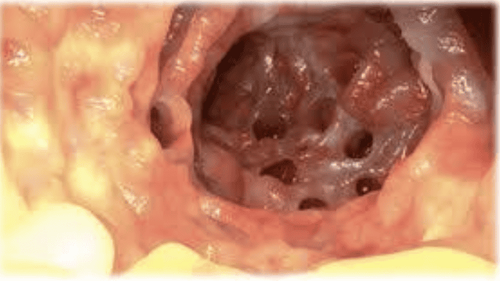
4. Is there a definitive treatment for diverticula?
Once a diverticulum is formed it is permanent, there is no treatment to prevent diverticulitis complications. A high-fiber diet that increases stool volume and prevents constipation can help relieve symptoms.
There is no evidence for the ability of nuts to cause diverticulitis, however, if some patients develop signs of diverticulitis after eating nuts, they should not continue to eat but should be replaced with food. contain a lot of fiber such as fruits, vegetables, whole grains, legumes.
The American Dietetic Association recommends that women eat about 25 grams of fiber and men about 38 grams of fiber per day. Besides, drinking lots of water and exercising regularly are also effective.
Colonic diverticulum is a common condition and is not dangerous unless there are complications. Although there is no way to prevent and treat the disease, it is possible to limit the formation of diverticula and its complications by eating a lot of fiber, drinking plenty of water, and exercising regularly.
Vinmec International General Hospital is a prestigious address trusted by many patients in performing endoscopic techniques for diagnosis and treatment of diverticular diseases in the gastrointestinal tract... Vinmec with its facilities and With modern equipment and a team of experienced experts, always dedicated to medical examination and treatment, customers can be assured of gastroscopy, esophagoscopy and colonoscopy services at International General Hospital. Vinmec.
Please dial HOTLINE for more information or register for an appointment HERE. Download MyVinmec app to make appointments faster and to manage your bookings easily.
References:
Le Huy Luu, Nguyen Van Hai (2010), "Results of right colonic diverticulum surgery by laparoscopic surgery", Medicine of Ho Chi Minh City, volume 14 (additional to no. 4), p.12-15. Ly Minh Tung, Nguyen Van Hai (2011), Clinical features, images, and surgical results for diverticulitis. Aldoori W.H., Giovannucci E.L., Rockett H.R., et al. (1998), "A prospective study of dietary fiber types and symptomatic diverticular disease in men", J Nutr, Vol.128 (4), p.714-719. Ambrosetti P., Robert J.H., Witzig J.A., et al. (1994), "Acute left colonic diverticulitis: a prospective analysis of 226 consecutive cases", Surgery, Vol.115 (5), p.546-550.





